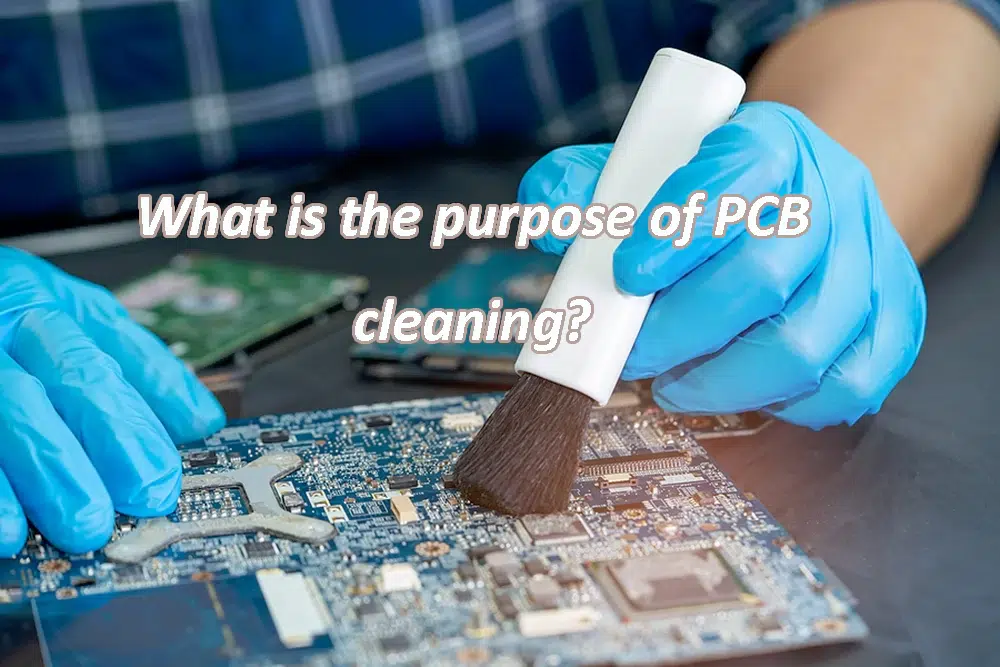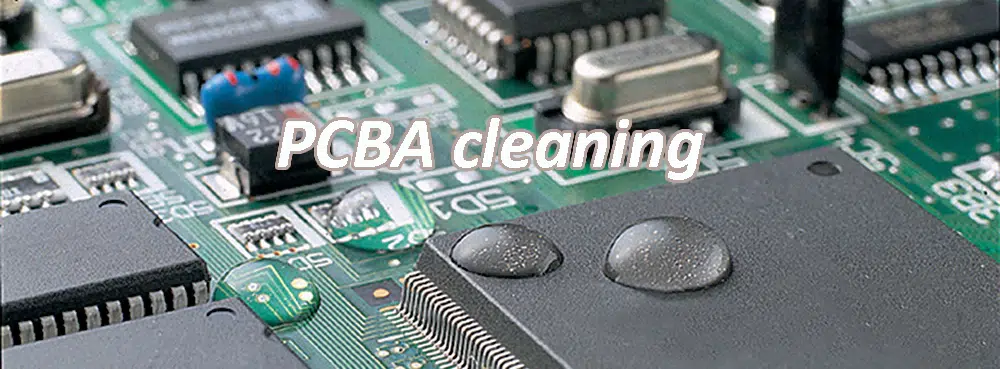In the intricate world of electronics manufacturing, there’s a crucial step often overlooked by many: PCBA cleaning. Printed Circuit Board Assemblies (PCBAs) serve as the backbone of electronic devices, comprising various components soldered onto a circuit board. While the assembly process is meticulous, contaminants such as flux residues, dust, and oils can accumulate on the PCBA surface, posing significant risks to functionality and reliability. Thus, the significance of PCBA cleaning cannot be overstated.
What is the purpose of PCB cleaning?
Improved Reliability: Contaminants left on PCBAs post-assembly can lead to electrical shorts, corrosion, and even component failure over time. PCBA Cleaning ensures the removal of these contaminants, enhancing the reliability and longevity of electronic devices.
Enhanced Performance: PCBA cleaning exhibit better electrical properties, facilitating optimal signal transmission and reducing the risk of signal interference or noise. This translates to improved performance and functionality of electronic products.
Compliance and Standards: Various industries, such as automotive, aerospace, and medical devices, adhere to stringent cleanliness standards. PCB cleaning is often a prerequisite to meet these standards and ensure compliance with regulatory requirements.
Prevention of Conformal Coating Issues: Conformal coatings, applied to PCBAs for protection against environmental factors, adhere more effectively to clean surfaces. Proper cleaning ensures uniform coating coverage, preventing issues such as delamination or incomplete coverage.
What are the methods of PCBA cleaning?
Manual Cleaning: Utilizing brushes, swabs, and solvents, manual cleaning involves the physical removal of contaminants from the PCBA surface. While cost-effective, it requires labor-intensive efforts and may not always reach inaccessible areas.
Automated Cleaning: Automated cleaning systems employ various techniques such as ultrasonic cleaning, spray cleaning, and vapor degreasing. These methods offer higher throughput, consistent cleaning results, and better coverage of complex PCBA geometries.
No-clean Flux: Despite the name, residues from no-clean fluxes can still accumulate on PCBAs and require removal. Selecting appropriate cleaning agents compatible with the specific flux chemistry is essential to ensure residue removal without damaging components or PCB materials.
What is the best solution for PCBA cleaning ?
The best solution for PCBA cleaning depends on various factors including the type of contaminants present, the materials used in the PCB assembly, environmental considerations, and regulatory requirements. Here are some common cleaning solutions used in the electronics industry:
Isopropyl Alcohol (IPA): IPA is a widely used solvent for removing flux residues, oils, and other contaminants from PCBAs.
Deionized Water: Water, especially deionized or distilled water, can be used in combination with cleaning agents to remove water-soluble flux residues and other contaminants.
Cleaning Agents: These agents may include surfactants, detergents, and other additives to effectively remove flux residues, oils, and other contaminants.
Ultrasonic Cleaning: Ultrasonic cleaning involves the use of high-frequency sound waves to agitate a cleaning solution, facilitating the removal of contaminants from PCBAs.
Vapor Degreasing: Vapor degreasing involves exposing PCBAs to solvent vapors, which condense on the surface and dissolve contaminants. The condensed solvent then drips off, carrying the contaminants away.
CO2 Cleaning: CO2 cleaning utilizes solid CO2 (dry ice) pellets or snow to dislodge and remove contaminants from PCBAs through rapid expansion and sublimation.
Precision Cleaning: In some industries such as aerospace and medical devices, where cleanliness standards are extremely high, precision cleaning methods such as supercritical fluid cleaning may be employed. These methods use supercritical fluids such as carbon dioxide or hydrocarbons to dissolve and remove contaminants with precision and efficiency.
Challenges and Considerations
Material Compatibility: PCBAs comprise diverse materials such as FR-4 substrates, solder masks, and delicate electronic components. Cleaning agents must be selected carefully to avoid damaging these materials or causing reliability issues.
Environmental Impact: The choice of cleaning agents and processes should consider environmental sustainability. Implementing environmentally friendly solvents and recycling systems mitigates the ecological footprint of PCBA cleaning operations.
Cost and Efficiency: Balancing the cost of cleaning equipment, materials, and labor against the desired level of cleanliness is crucial. Investing in efficient PCBA cleaning processes can yield long-term benefits by reducing warranty claims and enhancing customer satisfaction.
Residual Ion Contamination (RIC): Even after cleaning, residual ion contamination can remain on PCBAs, impacting their performance and reliability. Ion cleanliness testing is essential to assess and mitigate RIC risks, particularly in high-reliability applications.
Conclusion
PCBA cleaning is a critical step in electronics manufacturing, essential for ensuring product reliability, performance, and compliance with industry standards. By employing appropriate cleaning methods and considering factors such as material compatibility, environmental impact, and cost-effectiveness, manufacturers can optimize their cleaning processes and deliver high-quality electronic products to meet the demands of today’s competitive market. In an era where electronics are ubiquitous, the significance of PCBA cleaning cannot be overstated—it’s the invisible safeguard that ensures the reliability and functionality of the devices we rely on daily.












